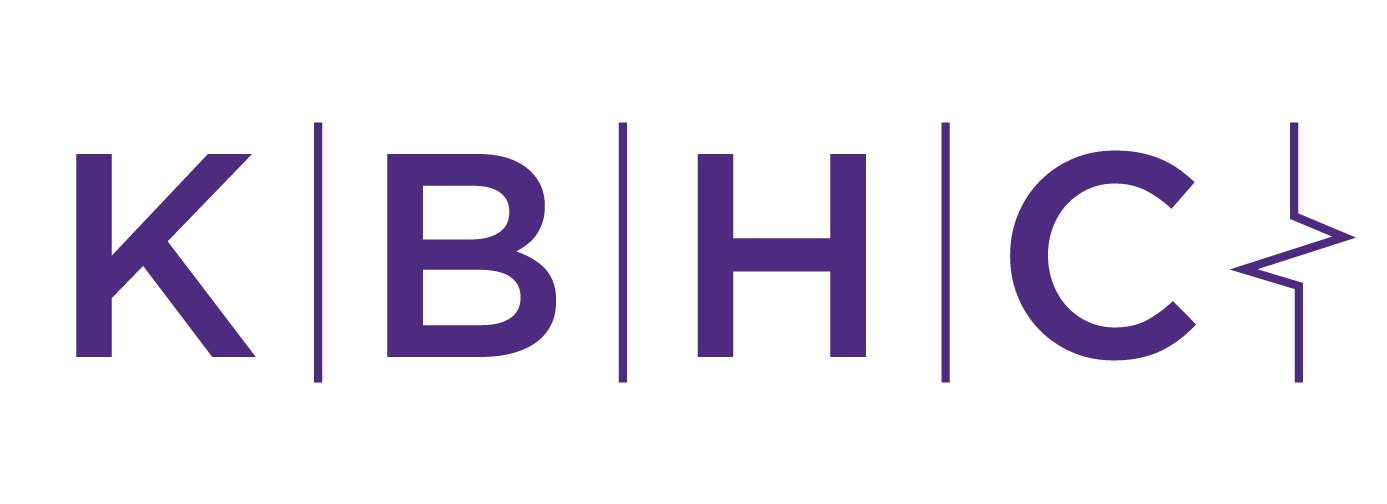We Need To Talk...
By Naveen Chadalavada, Kellogg School of Management ‘22
When care is provided for a patient by a physician, communication is an essential element of the interaction. The more deliberate the communication, the clearer the information is relayed. Patients interact with many people for a single visit to the doctor. They could speak to an administrative assistant to check-in upon arrival to the clinical setting. Next, they could be triaged by a nurse, maybe even seen by an additional mid-level before seeing the physician. After visiting the physician, they may speak to another administrative assistant to check-out. This list only grows when thinking through who they might have interacted with prior to and well after leaving the clinical setting.
On the other hand, the physician is also coordinating with a laundry list of care takers. As healthcare continues to focus on the patient experience and improving healthcare outcomes, frequent, positive, and purposeful communication is a must. In fact, multiple studies have shown that patient outcomes and many other quality metrics improve with effective communication1. The physician-patient interaction is only one example of where good communication has shown positive results. In a study performed by Press Ganey, hospitals where nursing communication has improved with patients have also shown increases in overall patient experience scores2. To emphasize focus on communication, tools such as the Situation, Background, Assessment, Recommendation (SBAR) technique and daily huddles are a norm across healthcare practice today.
If strong communication can result in improved patient outcomes and experiences, hospitals must live by that value in non-clinical areas of the business as well. Let’s take the revenue cycle as an example; before the patient even arrives to the clinical setting, many steps such as scheduling, pre-certification, and pre-registration need to take place. During the visit, the patient is registered, and healthcare services are rendered. During those services, utilization review is conducted, charge audits are performed, a variety of edits are addressed and coding for billing is complete. After the patient leaves, interactions with the payer and patient are conducted to collect any remaining payment balance on the patient’s account. While there are many more steps involved than the ones mentioned above, it is transparent that the players involved with the revenue cycle also interact with clinical care takers and patients directly.
With the growing use of automation tools in this space, timely and error-free flow through the revenue cycle is key to avoid a patient receiving a confusing bill, the hospital sending a late bill or the hospital receiving a denial from a payer due to an addressable error. Why should a hospital waste resources to rework a denial account that had hit an error report for review while still in-house? The case may have simply needed a collaborative review between a clinical and billing lead to send a clean claim on the account, thus avoiding days of rework and potential lower reimbursement on the case. Automation tools are a plenty in the healthcare space but place us at risk of relying on technology to do our communication for us. Healthcare revenue cycle functions receive no hall pass in terms of the number of stakeholders they interact with: payers, patients, physicians and more. With the variety of stakeholders involved, strong communication must be a focus just as it is in the traditional physician-patient interaction.
Whether the attention is toward an efficient communication channel between the front, middle and back ends of the revenue cycle or the interaction between the hospital and a patient regarding his or her bill3, frequent, positive, and purposeful communication is key not only for a good patient experience but also for a clean revenue cycle.
ABOUT THE AUTHOR:
Naveen Chadalavada is a current student in the Northwestern Kellogg School of Management’s Evening & Weekend Program. He works full-time as a healthcare consulting manager at Crowe in their revenue cycle practice. At Crowe, he leads projects that focus on improving clinical and revenue cycle operations. Naveen graduated from Washington University in St. Louis with majors in Economics and Healthcare Management and has a Master’s in Public Health from George Washington University.
References:
1. Psqh. (2017, November 06). Communication: A critical healthcare competency.
2. Press Ganey. (2013, May). The Rising Tide Measure: Communication With Nurses [Press release].
3. Garrity, M. (n.d.). Communication is key when it comes to revenue cycle management.

